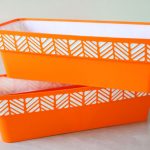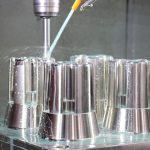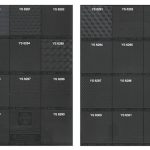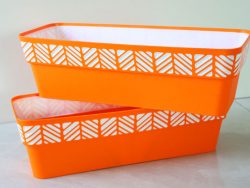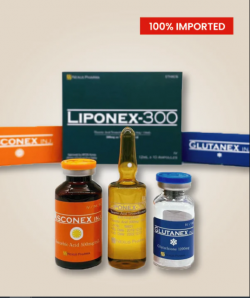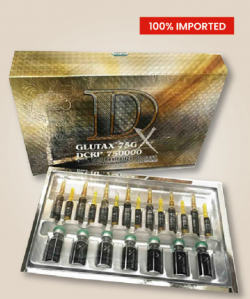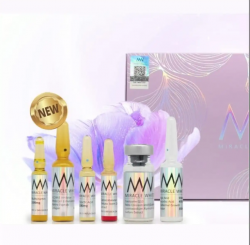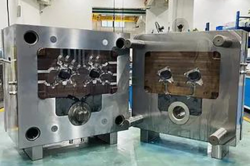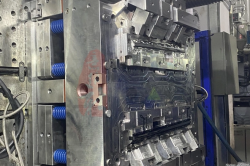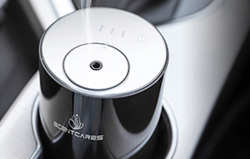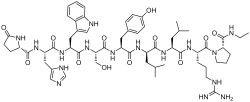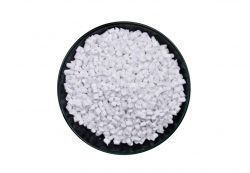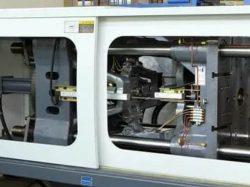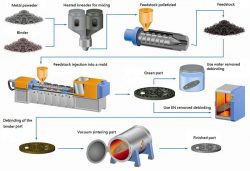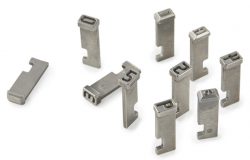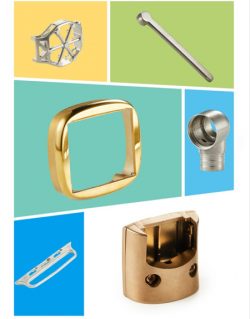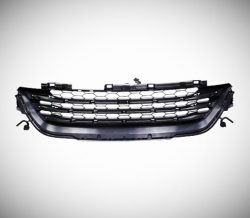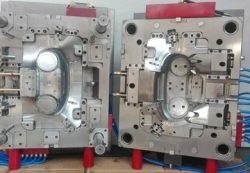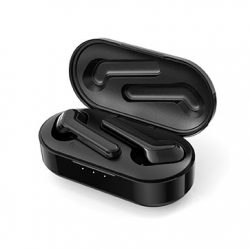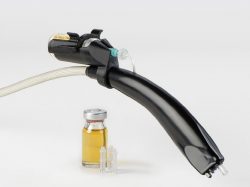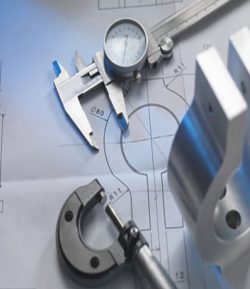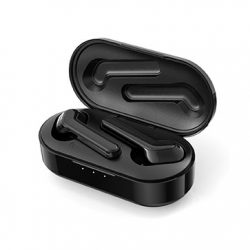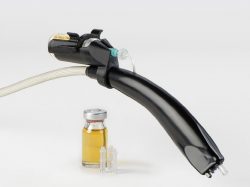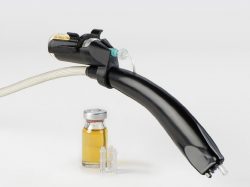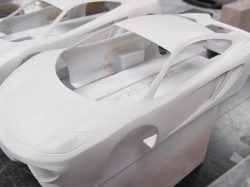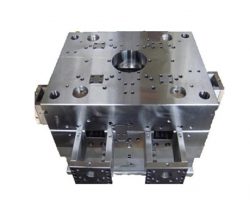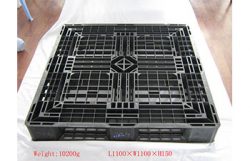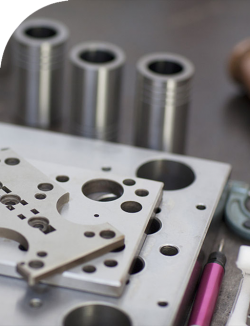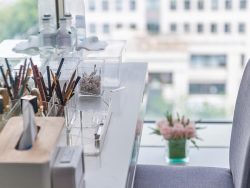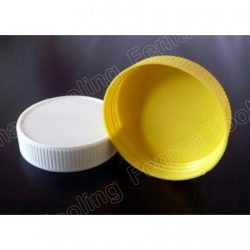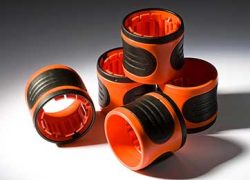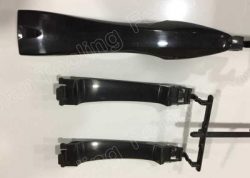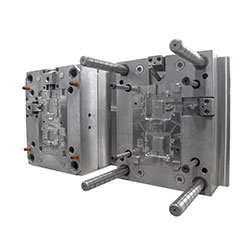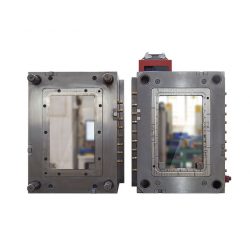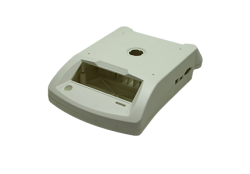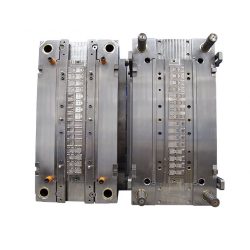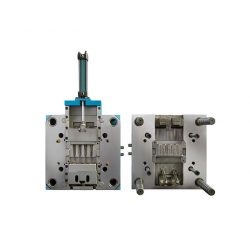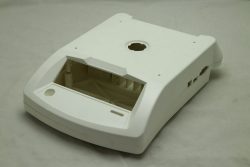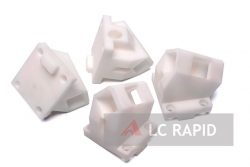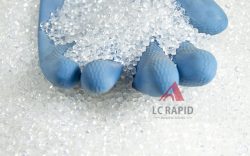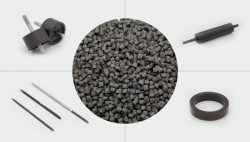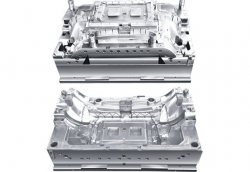Injection Molding Surface Finish
Do not use the finest whetstone, sandpaper, or abrasive polishing paste at the beginning of mold polishing, as you can’t throw away the rough lines. The living surface polished in that way looks very shiny, but when you take a side view, the rough lines appear. Therefore, it is necessary to polish from coarse whetstone, sandpaper or abrasive polishing paste, then change to finer whetstone, sandpaper or abrasive polishing paste for polishing, and finally polish with the finest abrasive polishing paste. This seems to be cumbersome and there are many processes. In fact, it is not slow. One process after another, the rough processing lines in the front are polished off, and then the following injection molding process step is carried out without rework, and the injection molding surface finish can meet the requirements with one step.
Textured Finish
Injection molding texture surface finishing is to create various patterns on the surface of different metal products through the action of chemical potions, such as sand patterns, stripes, images, wood patterns, leather patterns and silk patterns. Different technical processes produce different texture styles.
Polishing
Injection mold polishing has two purposes; one is to increase the smoothness of the mold, so that the surface of the product from the mold is smooth, beautiful and beautiful, and the other is to make the mold easy to demold, so that the plastic will not be stuck on the mold and cannot be taken off.
Sandblasting
Sandblasting is to shoot quartz sand to the surface of the mold through an air gun with a certain pressure, thereby forming a layer of frosted surface on the surface of the plastic mold. When a plastic mold injects a product, it will form a matte effect on the surface of the product. Generally, sandblasting is divided into two types: fine sand and coarse sand. For sandblasting, the surface of the plastic part is easy to wear off.

